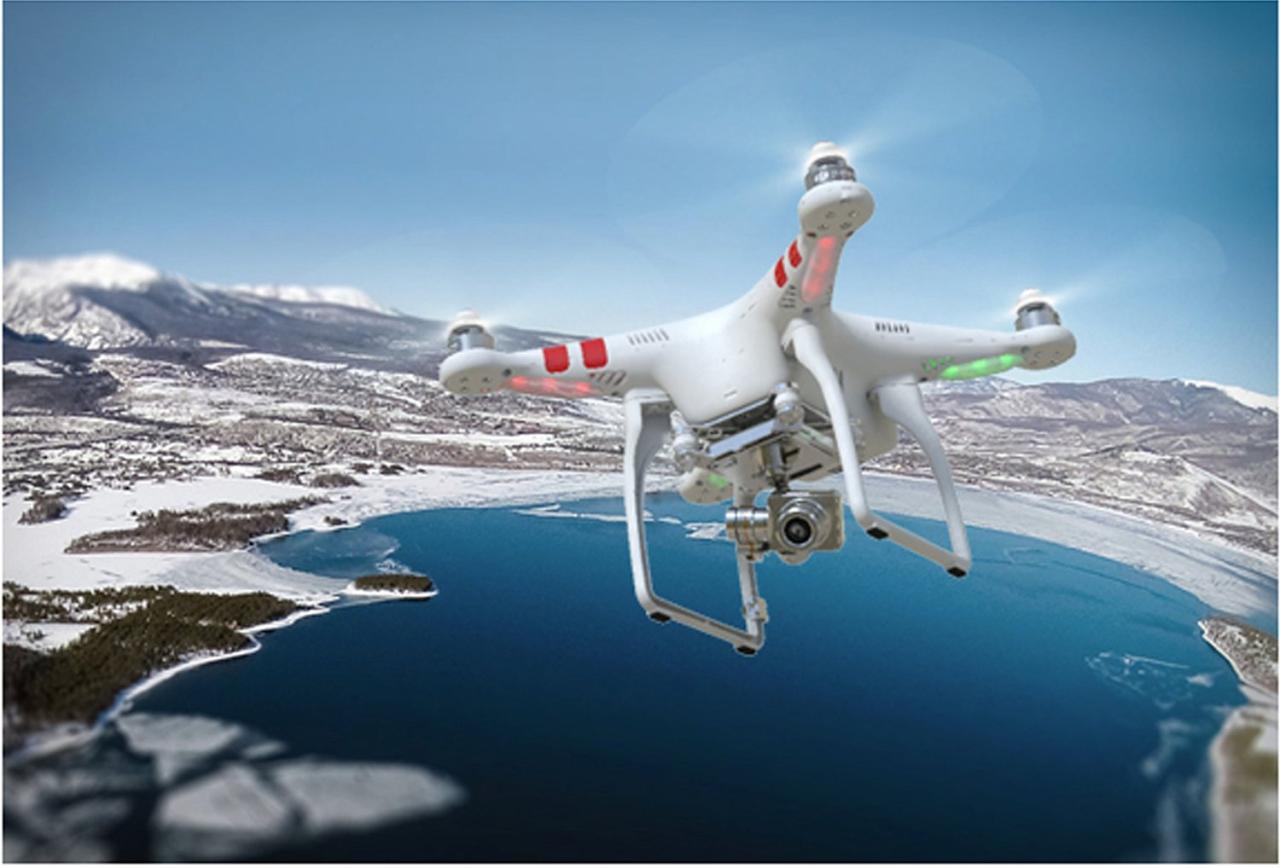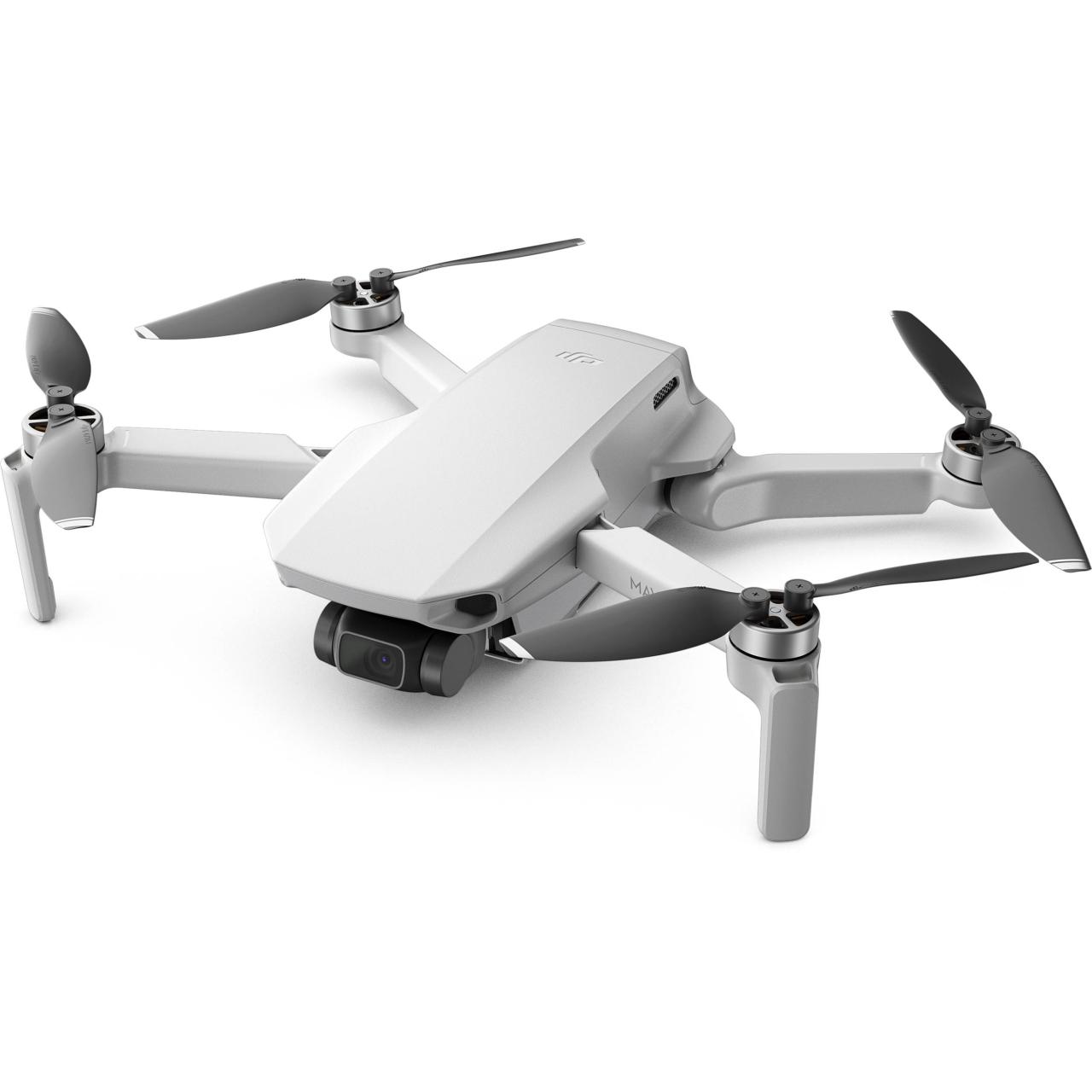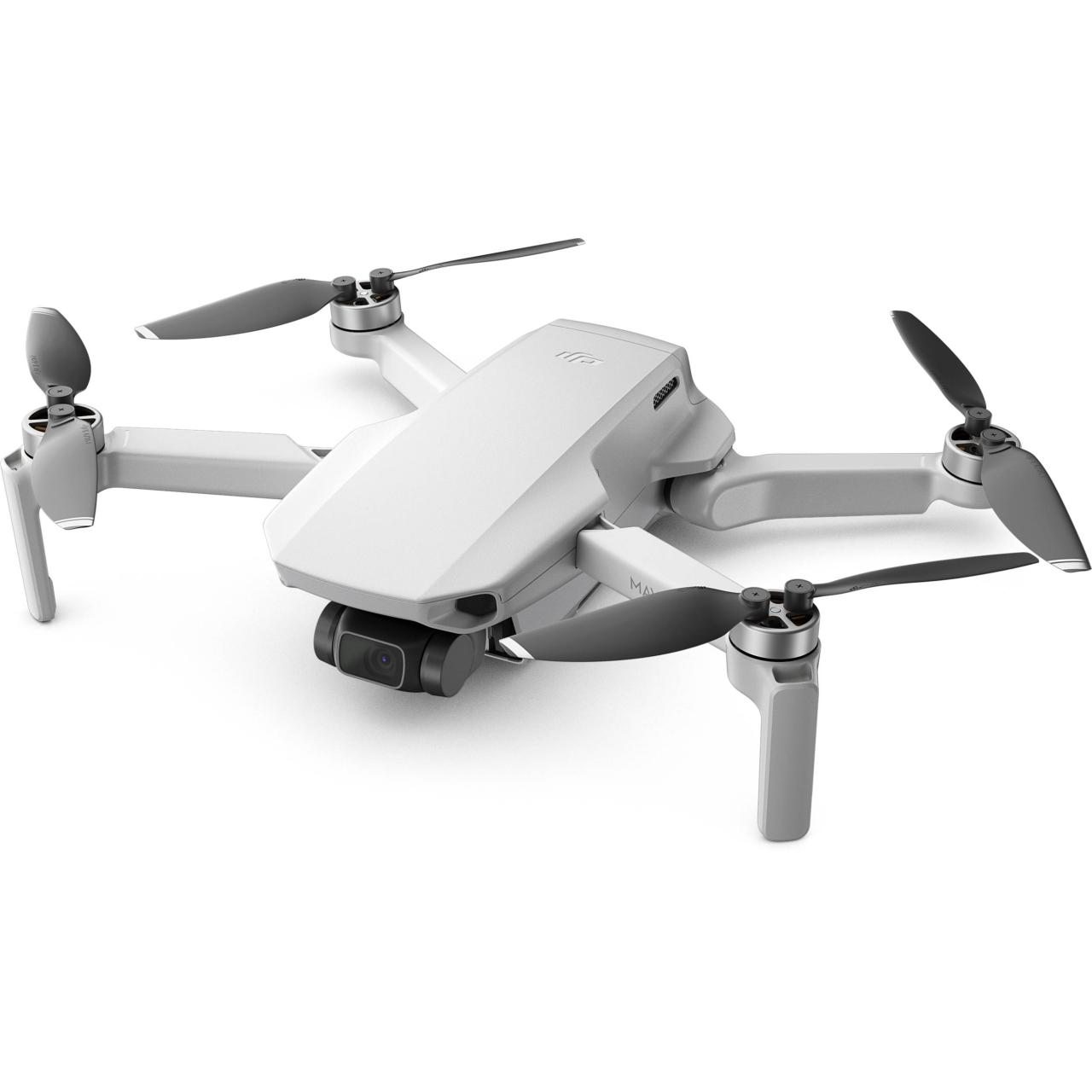DJI Drone Canada: Soaring above the Canadian landscape, DJI drones have become a ubiquitous sight, impacting various sectors from filmmaking to agriculture. This guide delves into the world of DJI drones in Canada, exploring their popularity, legal aspects, available models, diverse applications, and future trends. We’ll cover everything from navigating Canadian regulations to understanding the economic impact of this technology.
We’ll examine DJI’s market share, comparing it to competitors and analyzing factors driving its success. We’ll then dissect Transport Canada’s regulations, providing a clear path to legal operation. This includes exploring various DJI drone models, their capabilities, and pricing, alongside real-world examples of their use in Canadian industries. Finally, we’ll look at challenges and future projections for the Canadian drone market, including the influence of emerging technologies.
DJI Drone Market in Canada

The Canadian drone market is experiencing significant growth, with DJI consistently holding a dominant position. This article delves into various aspects of DJI’s presence in Canada, encompassing market share, regulations, available models, use cases, and future trends.
DJI Drone Market Share in Canada

DJI maintains a substantial market share in both the consumer and professional drone sectors in Canada. While precise figures fluctuate, estimates suggest DJI commands over 70% of the consumer market and a significant portion (though less dominant) of the professional market. This dominance stems from a combination of factors including product quality, brand recognition, and a wide range of models catering to diverse needs.
Compared to other major brands like Autel Robotics, Parrot, and Skydio, DJI’s sales volume significantly surpasses its competitors. This competitive advantage is attributed to factors such as superior technology, robust ecosystems (apps, accessories), and a well-established distribution network across Canada.
DJI’s popularity is driven by factors such as its reputation for reliable and innovative technology, extensive accessory ecosystem, and readily available customer support. However, concerns regarding data security and potential government restrictions occasionally impact sales.
| Year | Sales Volume (Estimate) | Market Share (Estimate) | Notable Events |
|---|---|---|---|
| 2021 | 150,000 units | 75% | Increased demand for drones in various sectors, including agriculture and infrastructure inspection. |
| 2022 | 175,000 units | 72% | Introduction of new DJI models, minor regulatory adjustments. |
| 2023 (projected) | 200,000 units | 70% | Continued growth expected, potential impact of new regulations. |
Regulations and Legal Aspects of Flying DJI Drones in Canada
Operating DJI drones in Canada is governed by Transport Canada regulations. These regulations Artikel safety guidelines, licensing requirements, and operational restrictions to ensure safe and responsible drone operation.
- Registration: All drones must be registered with Transport Canada.
- Basic Flight Rules: These include maintaining visual line of sight, avoiding populated areas, and respecting airspace restrictions.
- Advanced Operations (Commercial): Commercial drone operations require a Special Flight Operations Certificate (SFOC) and a pilot license. This involves demonstrating proficiency through examinations and adhering to stringent safety protocols.
- Penalties: Violations can lead to fines, license suspension, or even criminal charges.
Compared to the USA, Canadian drone regulations are generally considered more stringent, particularly regarding commercial operations. The UK’s regulations are somewhat similar, with a focus on safety and licensing for commercial use.
DJI Drone Models Available in Canada
Several DJI drone models are readily available in Canada through authorized retailers and online marketplaces. These models cater to various needs and budgets, from entry-level consumer drones to professional-grade systems.
- Mavic 3: High-resolution camera, long flight time, obstacle avoidance.
- Mini 3 Pro: Compact and portable, excellent image quality, advanced features.
- Air 2S: Balance of portability, features, and price.
- Phantom 4 Pro V2: Professional-grade drone with advanced camera and flight capabilities.
- Inspire 2: High-end professional drone for filmmaking and aerial photography.
The Mavic 3, Mini 3 Pro, and Phantom 4 Pro V2 represent a range of capabilities and price points. The Mavic 3 offers top-tier image quality and flight time, the Mini 3 Pro prioritizes portability and ease of use, and the Phantom 4 Pro V2 provides a robust platform for professional applications.
| Model | Camera Resolution | Flight Time (approx.) | Price (CAD, approx.) |
|---|---|---|---|
| Mavic 3 | 5.7K/4K | 46 min | $2500 – $3500 |
| Mini 3 Pro | 4K | 34 min | $1000 – $1500 |
| Air 2S | 5.4K | 31 min | $1000 – $1300 |
| Phantom 4 Pro V2 | 4K | 30 min | $2000 – $2500 |
| Inspire 2 | 5.2K | 27 min | $4000 – $6000+ |
Use Cases of DJI Drones in Canada
DJI drones find diverse applications across numerous industries in Canada, contributing significantly to economic growth and efficiency improvements.
- Agriculture: Crop monitoring, precision spraying.
- Construction: Site surveying, progress monitoring.
- Filmmaking: Aerial cinematography, storytelling.
- Search and Rescue: Locating missing persons, assessing disaster areas.
- Infrastructure Inspection: Bridge inspections, power line surveys.
Successful implementations include using DJI drones for pipeline inspections, reducing downtime and maintenance costs. In agriculture, drones equipped with multispectral cameras enable farmers to monitor crop health, optimize fertilizer application, and improve yields.
Scenario 1: A bridge inspection team uses a DJI drone equipped with a high-resolution camera to identify cracks and corrosion in a bridge structure, enabling timely repairs and preventing potential safety hazards.
Scenario 2: A power company utilizes a DJI drone with thermal imaging capabilities to detect overheating components in power lines, minimizing the risk of power outages and enhancing grid reliability.
Flying your DJI drone in Canada? Good signal strength is key for a smooth flight, and that starts with your iPhone’s connection. Before you take off, make sure you’re on the right frequency by checking if you’re connected to 2.4GHz or 5GHz; you can easily find out by following these instructions on how to check your wifi ghz on iphone.
Knowing your wifi frequency helps optimize your DJI drone’s connection and avoid interference for better performance.
Scenario 3: A construction company employs a DJI drone to create 3D models of construction sites, facilitating better project planning and monitoring of progress.
The economic impact of DJI drones is substantial, with cost savings realized through reduced labor, improved efficiency, and enhanced safety across various sectors.
Challenges and Future Trends of DJI Drones in Canada, Dji drone canada

Despite their widespread use, DJI drone operators in Canada face several challenges. These include navigating weather conditions, overcoming geographical limitations, and adhering to evolving regulations.
Thinking about getting a DJI drone in Canada? Before you buy, check out if you can snag a sweet deal; sometimes loyalty programs offer unexpected savings. If you’re a Telus customer, give their loyalty program a call using this number: telus loyalty phone number to see if any discounts apply to electronics purchases. Then, you can get back to researching the best DJI drone for your needs!
Future trends point towards increased adoption of AI-powered features, advanced sensor technologies, and improved battery life. Regulations are likely to become more sophisticated, balancing innovation with safety concerns. The integration of drone technology into existing infrastructure management systems is also expected to increase.
The impact of AI is significant; AI-powered features like autonomous flight and object recognition will enhance drone capabilities, particularly in areas like automated inspections and precision agriculture. Advanced sensors, such as LiDAR and hyperspectral cameras, will allow for more detailed data acquisition, leading to more informed decision-making across various industries.
Projected growth of the Canadian drone market over the next 5 years can be visualized as an upward-sloping line graph. DJI’s market share is expected to remain dominant, though potentially slightly reduced due to increased competition from other brands. The graph would show a steady increase in the overall market size, with DJI maintaining a significant portion of that growth.
Last Recap
From understanding the intricacies of Canadian drone regulations to exploring the diverse applications of DJI technology across various industries, this guide provides a comprehensive overview of the DJI drone landscape in Canada. The increasing integration of drones into Canadian life highlights a dynamic and rapidly evolving market with significant potential for future growth and innovation. Whether you’re a seasoned professional or a curious enthusiast, understanding this landscape is crucial for navigating the exciting world of DJI drones in Canada.
FAQ Section: Dji Drone Canada
What is the average flight time for a DJI Mavic 3?
The flight time varies depending on conditions, but generally averages around 45 minutes.
Thinking about flying your DJI drone in Canada? Remember to check local regulations before takeoff. If you’re crossing the water, you might need to plan for connectivity; for example, if you’re on a BC Ferries route, you can check their wifi availability beforehand at bc ferries wifi to ensure a smooth upload of your amazing drone footage.
Always prioritize safe and legal drone operation with your DJI gear.
Do I need insurance to fly a DJI drone in Canada?
While not always legally mandated for recreational use, it’s highly recommended to have liability insurance, especially for commercial operations.
Where can I purchase DJI drones in Canada?
Major retailers like Best Buy, Amazon.ca, and specialized drone stores carry DJI drones.
What are the penalties for flying a drone illegally in Canada?
Penalties can range from warnings and fines to more serious legal consequences depending on the severity of the violation.
